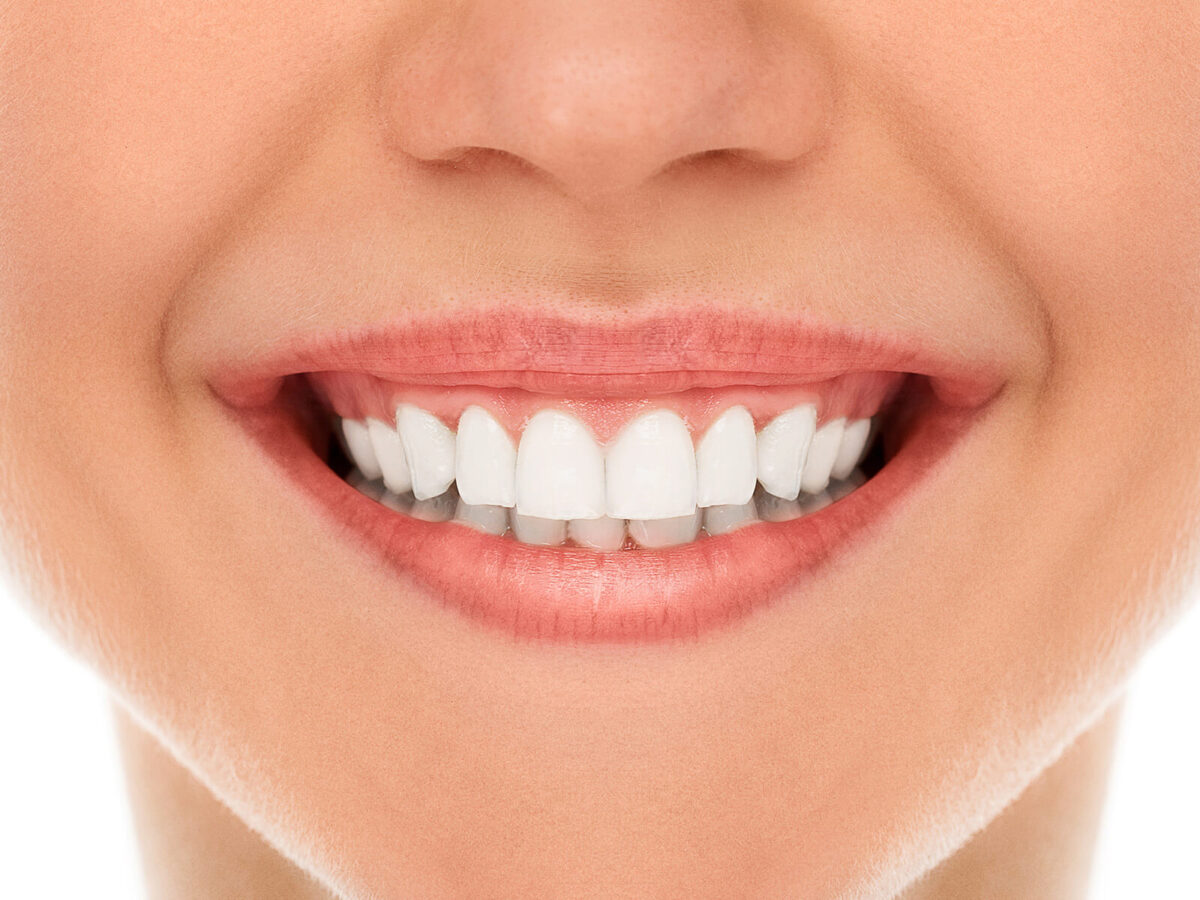Blog
Dental hygiene tips for healthy teeth & gums

What Are The Benefits of Having Straight Teeth?
Aside from the cosmetic attraction of a straight smile, adequately aligned teeth provide numerous benefits to dental health and overall well-being. Straight teeth have innumerable benefits beyond appearances, including reducing dental problems and increasing confidence. This article delves into the multiple advantages of having straight teeth, highlighting the necessity of alignment for a healthy and beautiful smile.
What Are The Benefits of Having Straight Teeth?
1. Aesthetic Appeal:
a. Straight teeth improve grin aesthetics. Straight teeth contribute to a symmetrical and balanced grin, which improves overall facial appearance and confidence.
b. Improved Self-Confidence: A straight grin can boost self-confidence and a good self-image. Individuals with well-aligned teeth are likelier to smile and express themselves without hesitation.
c. Social and Professional Impact: A confident and attractive grin can enhance social and professional interactions. People with straight teeth may feel more at ease in social situations and appear more confident and approachable in professional settings.
2. Oral Health:
a. Straight teeth are easier to clean and maintain than misaligned teeth. Straight teeth enable better cleaning and flossing, reducing the risk of plaque buildup and gum disease.
b. Lower Risk of Gum Disease: Well-aligned teeth lead to healthier gums. Straight teeth are less prone to form spaces where germs can gather, which lowers the risk of gum disease and inflammation.
c. Preventing Tooth Decay: Straight teeth are easier to clean and less likely to retain food particles and plaque. This lowers the chance of tooth decay and cavities, improving long-term oral health.
d. Straight teeth provide optimal bite function: Properly aligned teeth distribute biting forces uniformly, lowering the risk of uneven wear, jaw discomfort, and temporomandibular joint (TMJ) problems.
3. Preventing Dental Issues:
a. Avoiding Malocclusion: Straight teeth are less likely to cause malocclusion or misalignment. Malocclusion difficulties, such as overbites and underbites, can cause dental problems, including jaw pain and difficulty chewing.
b. Reduced Risk of Tooth Wear: Misaligned teeth might cause aberrant wear patterns. Straight teeth promote even tooth wear, lowering the risk of premature enamel erosion and extending tooth longevity.
Straight teeth have a lower risk of dental stress and injury. Misaligned teeth can protrude or overlap, increasing the likelihood of harm during accidents or athletic activities.
c. Preventing Speech Impediments: Proper tooth alignment promotes clear speech. Straight teeth lessen the possibility of speech impairments produced by misaligned teeth that interfere with normal tongue movement.
4. Orthodontic Stability:
a. Improved Outcomes: Straight teeth create a stable foundation for orthodontic therapy. Orthodontic methods, such as braces or clear aligners, can correct alignment concerns with previously straight teeth more successfully.
b. Long-Term Stability: Properly aligned teeth are more stable following orthodontic treatment. This stability improves long-term outcomes and minimizes the likelihood of recurrence.
c. Early Detection of complications: Straight teeth allow for early detection of any orthodontic complications. When teeth are straight, regular dental check-ups are more successful in diagnosing and resolving alignment issues.
5. Comfort and Functionality:
a. Reduced Jaw Discomfort: Straight teeth promote a well-aligned bite, lowering the likelihood of jaw discomfort and TMJ disorders. People with properly aligned teeth may feel less tension in their jaw joints and surrounding muscles.
b. Improved Chewing Efficiency: Straight teeth increase chewing efficiency. Proper alignment provides optimal contact between upper and lower teeth, resulting in more efficient and pleasant chewing.
c. Preventing Tooth Sensitivity: Misaligned teeth might cause uneven forces during biting, increasing sensitivity. Straight teeth lessen sensitivity by ensuring a uniform distribution of biting forces.
6. Long-Term Cost Savings:
a. Reduced Requirement for Restorative Procedures: Straight teeth are less prone to tooth decay, gum disease, and misalignment. Individuals with straight teeth may have fewer oral health concerns, reducing the need for restorative dental operations.
b. Reduced Risk of Dental Emergencies: Well-aligned teeth reduce the likelihood of dental emergencies. Individuals with straight teeth are less prone to experience unexpected problems such as fractured or displaced fillings.
c. Straight teeth promote tooth lifetime: Straight teeth have a lower chance of decay, gum disease, and trauma. Thus, they are more likely to preserve their natural teeth well into old age.
Conclusion
Straight teeth are essential for oral health and well-being beyond their aesthetic value. Straight teeth provide numerous advantages, including making oral hygiene easier, reducing dental problems, and improving overall functionality. Embracing perfectly aligned teeth’ beauty and health benefits boosts confidence and contributes to a lifetime of good dental health. Regular dental check-ups, early orthodontic intervention, and a commitment to oral hygiene can all help you achieve and maintain straight teeth for life.
